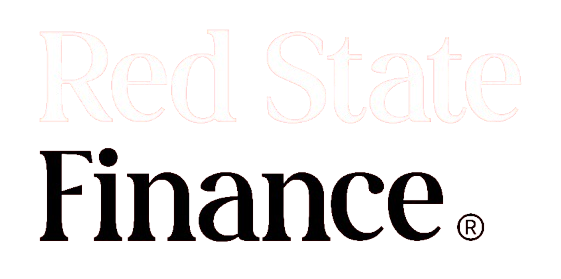An unexpectedly weak US employment report, showcasing the highest post-pandemic jobless rate, has reignited recession fears, potentially derailing the Federal Reserve’s aspirations for a smooth economic landing.
The stock market, already jittery over the Fed’s prolonged high-interest-rate policy, has been further rattled by this development, shifting the narrative from a “Goldilocks” scenario to one dominated by bearish sentiments.
State of the US Economy: A Mixed Bag
It’s rare that a single data point can encapsulate the entire economic landscape. Let’s dissect the latest indicators to get a clearer picture of where the US economy stands. Some metrics still suggest ongoing growth, while others raise red flags.
Growth and Demand: Steady Yet Shifting
Most recessions are marked by a significant drop in overall economic output, or Gross Domestic Product (GDP). However, the current data does not indicate an imminent decline. The second quarter of the year saw a 2.8% annualized GDP growth, double the rate of the first quarter, aligning with the average growth rate of the past six quarters and comparable to pre-pandemic levels.
Federal Reserve Chair Jerome Powell closely monitors final sales to private domestic purchasers as a measure of private-sector demand. This metric remained steady at 2.6% in the second quarter, consistent with its average over the past 18 months and the period leading up to the pandemic.
Services Sector: Signs of Strength
The Institute for Supply Management’s (ISM) services activity index has returned to expansion territory, with new orders and employment showing signs of recovery. A competing measure from S&P Global, which accounts for two-thirds of US economic activity, remained near its highest level in over two years in July. According to Chris Williamson, chief business economist at S&P Global Market Intelligence, the July surveys suggest the economy is growing at an annualized rate of 2.2% at the start of the third quarter.
Inflation: Cooling but Cautious
The Fed’s high-interest rates are a response to the inflation surge in 2021 and 2022. While inflation initially spiked this year, recent data indicates it is approaching the Fed’s 2% target, potentially paving the way for rate cuts. Investors are now questioning if the Fed delayed too long in shifting its focus from inflation to employment.
Job Market: Slowing Down
US employers have significantly slowed hiring, with an average of 170,000 jobs added each month over the past three months, compared to 267,000 per month in the first quarter of 2024 and 251,000 last year. July saw only 114,000 new jobs, and the unemployment rate has risen for four consecutive months to 4.3%, the highest since October 2021.
Historically, when the unemployment rate rises with such momentum, it typically does not stabilize until the Fed reduces interest rates. The Sahm rule, which states that a recession is underway when the three-month moving average of the unemployment rate rises half a percentage point above its low from the previous 12 months, has never been wrong. Economist Claudia Sahm recently indicated that while the economy is likely not in a recession yet, it is “uncomfortably close.”
Household Debt: A Growing Concern
The US household debt delinquency rate increased to 3.2% in the first quarter from 3.1% in the previous quarter, still below the 4.7% seen at the end of 2019. However, the New York Fed has noted a significant rise in delinquency rates among credit-card borrowers who have maxed out their borrowing limits, a group that is disproportionately younger and lower-income. These financial strains on low-income households can have broader economic repercussions. The New York Fed will release second-quarter data soon, providing further insights.
Economic Surprises: Disappointing Trends
Recent economic reports have consistently fallen short of economists’ forecasts, with the weak employment data being the latest example. Citigroup’s Surprise Index, which tracks the deviation of economic data from expectations, is near a two-year low. While the index’s predictive power for recessions is limited, it reflects diminishing investor confidence in the Fed’s ability to achieve a soft landing.
Policy Responses: Limited Options
The 2020 pandemic recession prompted a massive response from fiscal and monetary authorities, including the Fed slashing interest rates to zero and buying trillions in bonds, and Congress enacting trillions in spending to support the economy. However, any response to a potential recession now would likely be more constrained.
The Fed’s current policy rate of 5.25%-5.5% offers more room for rate cuts compared to March 2020, when the rate was 1.50%-1.75%. However, high levels of US government debt could limit the scope for a robust fiscal response from the current or next administration.





